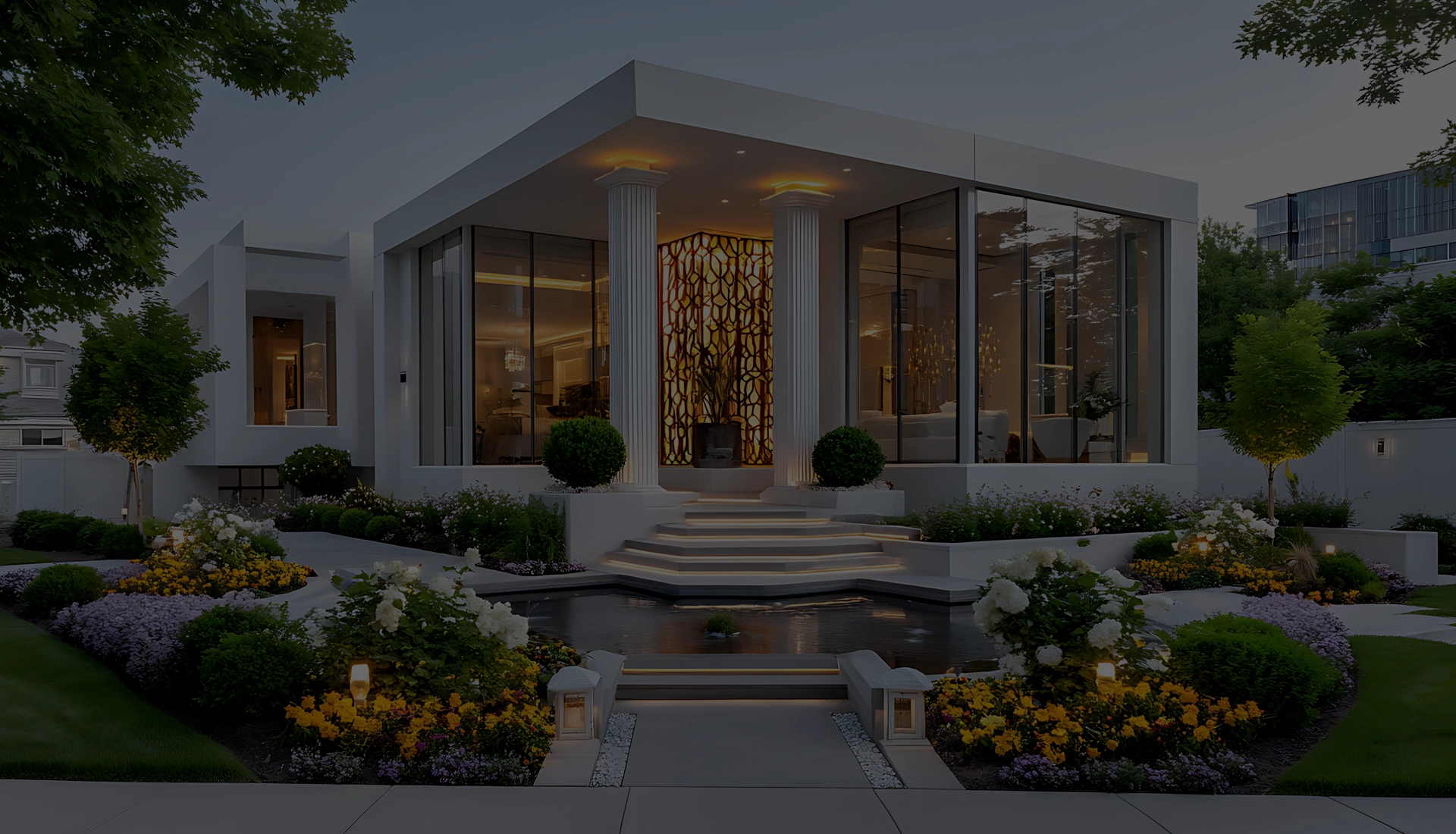
Floral art for your interior and exterior spaces
Botanical elements, from single stems to complex arrangements, serve as fundamental components in aesthetic design, influencing atmosphere and perception through color, texture, and form. Their application spans various disciplines, from interior styling to landscape architecture.
Aesthetic floral principles
Principles of effective floral decoration
Effective floral decoration relies on established design principles, including balance, proportion, and harmony. The choice of container, the strategic use of foliage to create a structural backdrop, and a cohesive color palette are all crucial for a unified visual result.
Interior design with flowers
Integrating floral elements with interior spaces
Flowers can either complement or define an interior’s style. For instance, a minimalist space is often enhanced by a single, architecturally striking stem like an orchid, while a rustic setting benefits from loose wildflower bouquets that introduce natural texture and an informal feel.
Cultivating floral arrangements in outdoor settings
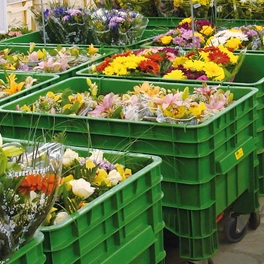
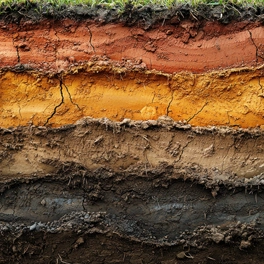
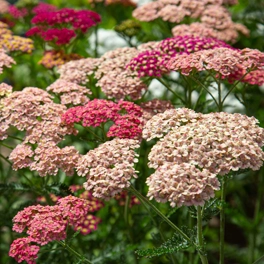
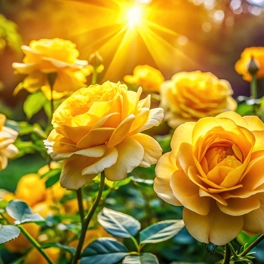
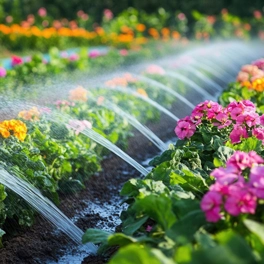
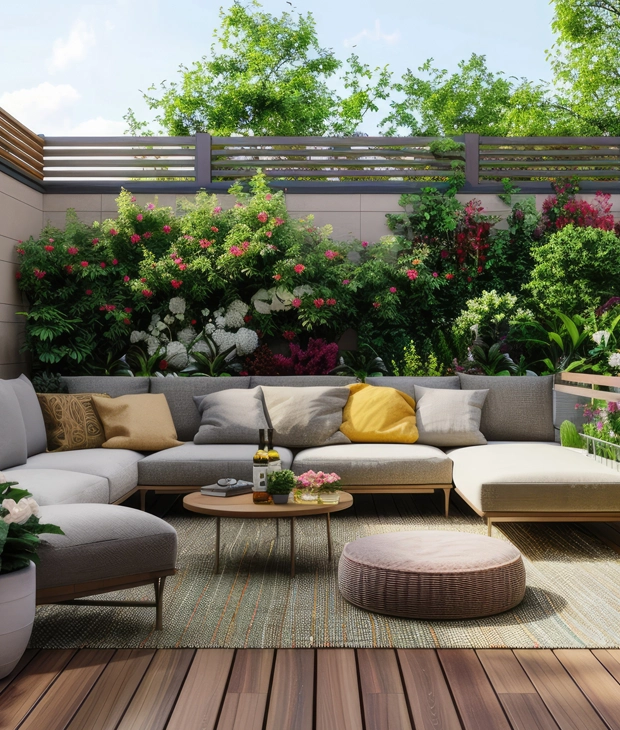
Arrangements for patios
Patios and decks can be visually enhanced with large planters that contain a mix of tall, medium, and trailing plants to create depth and interest.
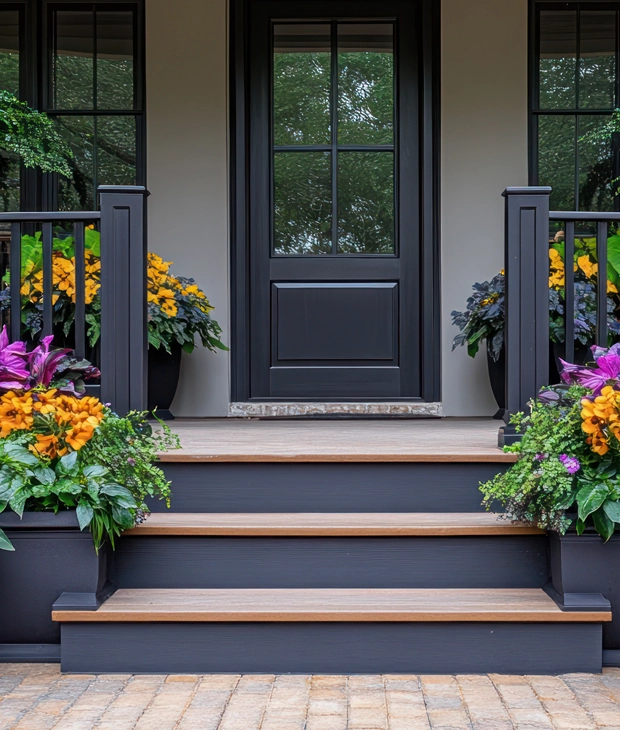
Entranceway compositions
Symmetrically placed urns or planters at a building’s entrance establish a formal and welcoming focal point, often featuring evergreen shrubs alongside seasonal flowers.
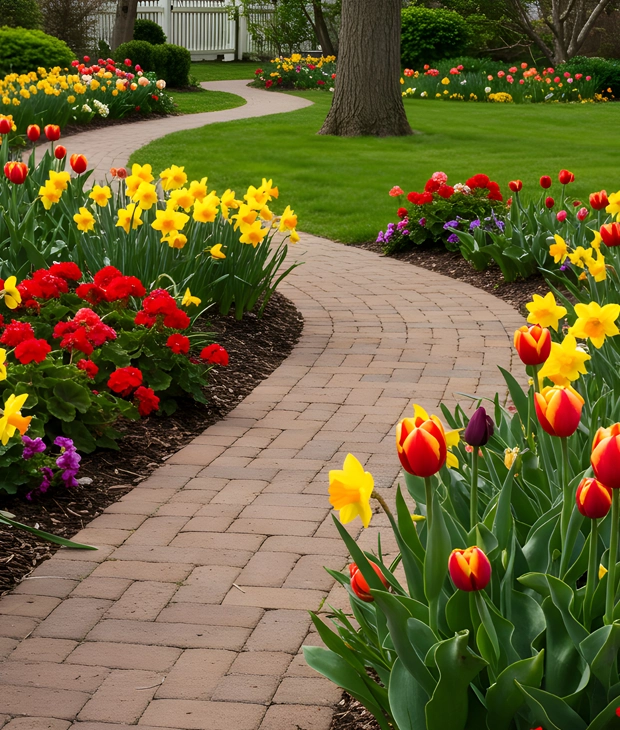
Garden path borders
The use of low-growing, flowering perennials along garden paths serves to define the walkway while adding continuous color throughout the blooming seasons.
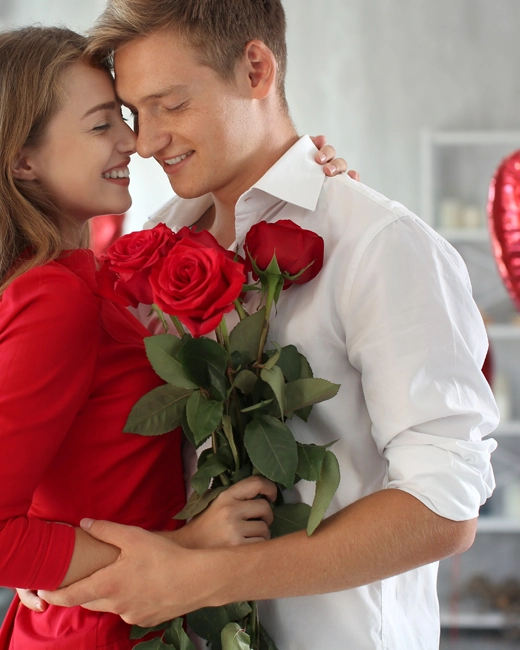
The symbolic language of flowers in cultural contexts
Compositional styles in floral design
Maintenance of arrangements
Preservation and care
of cut flowers
The longevity of fresh-cut floral arrangements is directly dependent on proper care and handling from the moment they are harvested. Several key procedures can extend the vibrancy and life of the blooms, ensuring they remain an attractive feature for an extended period.
Proper care includes using a clean vase and fresh water, ideally treated with a floral preservative. It is also beneficial to re-cut the stems at an angle to maximize water absorption and to keep the arrangement away from direct sunlight, heat sources, and ripening fruit, which emits ethylene gas.